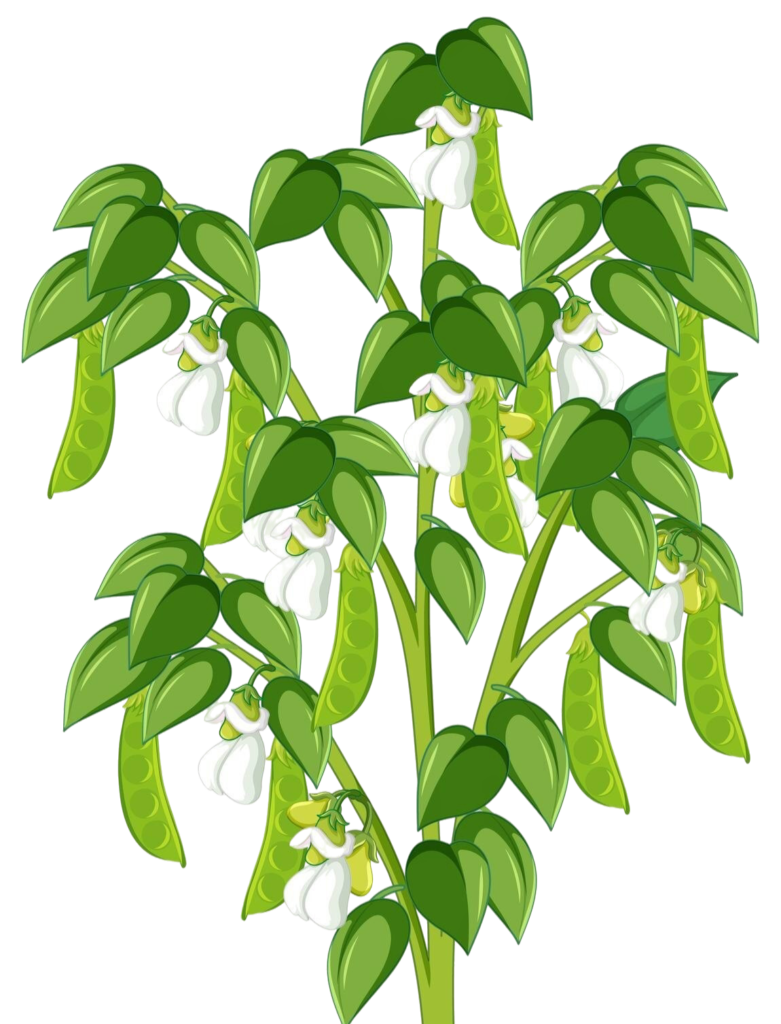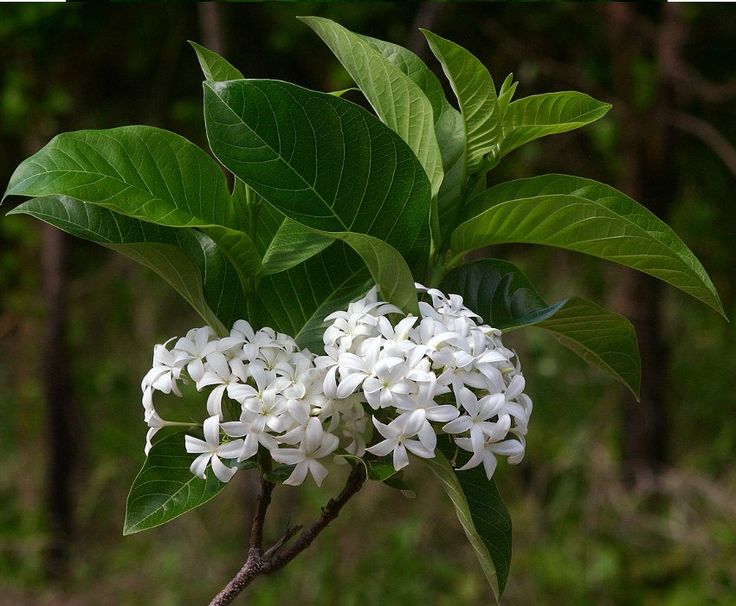Kutaja
Home
Kutaja
Kutaja

BOTANICAL NAME
Holarrhena antidycentrica

FAMILY
Apocynaceae

SANSKRIT NAME
Kalinga, Girimallika

ENGLISH
Kurchi

HINDI
Kuda

KANNADA
Korachi

MALAYALAM
Kodagapala

TELUGU
Kodisepala

TAMIL
Veppalai

MARATHI
Kuda
DISTRIBUTION

Common in tropical parts of India and in sub Himalayan tract.
PARTS USED
Bark, leaves, seeds, flowers
DOSE
Churna:3-6gm, kashaya:50-100ml
CHEMICAL CONSTITUENTS
Conessidine, connessimine, conkurchine, holarrhenine, holarrhimine, holadysamine etc

AYURVEDIC PROPERTIES
QUALITY (GUNA)
Laghu, Ruksha
TASTE (RASA)
Tikta, Kashaya
METABOLISM (VIPAKA)
Katu
POTENCY (VIRYA)
Sita
IMPACT (PRABHAVA)
Deepana, grahi
PHARMACOLOGICAL ACTION
- Antipyretic: helps in reducing fever and fever due to infections.
- Anti-inflammatory:reduces infalammations of the skin by improving the immunity.
- Antibacterial, antifungal: reduces skin problems.
- Anthelmentic: removes intestinal worms.
- Its grahi property helps in arresting diarrhea and maintains the hydration of the body.
THERAPEUTIC USES
- Pithatisara: seeds and bark of kutaja are pounded with honey and ativisha is added to it, this combination is taken with rice water.
- Kushta: paste of kutaja is applied externally.
- Jvara: decoction prepared out of kutaja bark is taken along with rice water.
- Shonitarsha: bark powder is given with ghee.
- Bark decoction is made and rock salt is added and can be applied in inflamed joints.
SOME OF THE COMMON FORMULATIONS
- Kutajarishta
- Kutajavalehya
- Kutaja Ghana vati etc
